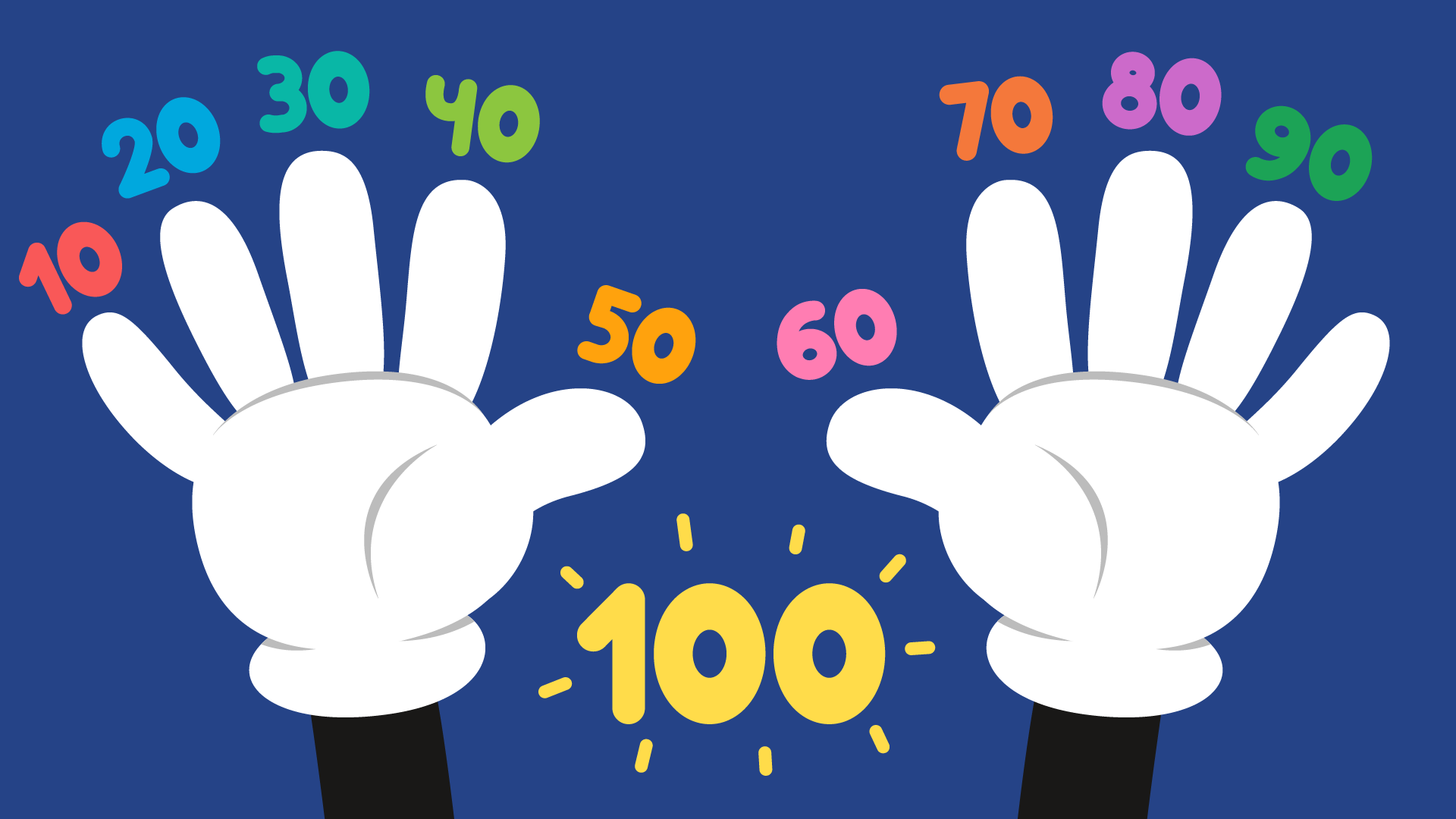Easy-to-Understand Strategies to Teach Kids to Round Numbers
Oct. 31, 2019
Think back to your elementary days: how did you learn to round numbers? Chances are, your teacher taught the class how to round up or down from the number 5. In other words, if the last number is below five, you might round it down, and if it’s above, it gets rounded up.
In fact, there are a whole plethora of rounding rhymes that can easily be found on the internet. Complete a quick Google search, and you might find something like, “5 and above, give it a shove! 4 and below, let it go!”. While these sayings might seem like a great solution to help kids quickly learn to solve problems, how do children know what place value they are rounding to?

Before the current Common Core or individual state standards were established, mathematics was often taught by encouraging students to memorize facts and learn tricks to complete problems. Rounding is no exception, as many educators have encouraged kids to use rhymes like those described above. Needless to say, it doesn’t teach a child the underlying concept itself.
Below we’ll explore exactly why teaching math tricks don’t work, even if it helps students to arrive at a correct answer. Then, keep reading to discover 7 of the best ways to teach rounding numbers.
Why Getting Answers Correct is Not Enough
As mentioned above, teaching kids tricks or “hacks” to complete math problems can sometimes be helpful, it doesn’t help your child understand the mathematical concept behind the skill. For kids, teaching them to think about the number 5 and round up or down can help them arrive at the right answer, but they aren’t thinking about place value when they use the trick. So, if children are completing a rounding activity, they don’t know if they should round to the nearest ten or hundred. In fact, they might not know why they’re rounding up or down at all!
Ideally, teaching kids to round should be a lesson in place value, and should solidify your little learner’s number sense. When using the hack, a child simply mimics the steps he or she has learned instead of understanding why they are rounding. They might sometimes arrive at the correct answer, but all without practicing or acknowledging place value. This is why all kids should be taught the concept behind the process without relying on cute or catchy rhymes to memorize rules they don’t know the basis for.
Teach Kids to Round Without Using Tricks
So, what can a parent or teacher do to enhance a child’s numeracy skills and teach the concept behind learning to round? Luckily there are a variety of easy ways to teach this crucial skill! Where possible, it is always best to give students a visual and/or hands-on approach to understand an abstract math skill. Before trying anything else, be sure to turn to an old mainstay in teaching number sense: the number line.
Tried-and-True Strategies to Teach Kids to Round Numbers
Before bringing out the activities and games, it’s important to build a solid foundation for understanding. Try the following strategies to begin:
Modelling open number lines
An open number line is one that is blank, so that you and your students or child can add numbers to the line as needed. The best way to start is by modeling rounding using two-digit numbers and showing children how to round to the nearest ten.
Working with your child, ask him or her to think of a number being rounded, and ask what comes before and after that number, and fill in only those two numbers. For example, if a student volunteers the number 74, write in 70 and 80, but do not fill in the numbers in between just yet.
Next, ask kids to write in the selected number—which is in this case 74—in the appropriate spot on the line. Finally, ask the student if the number they wrote down is closer to the 70 or the 80 on the line. In doing this, not only will they have direct practice with place value, it offers them a visual way to understand the concept, rather than by memorizing a simple trick!
Teach kids to create their own number lines
It’s important to scaffold concepts and then take away the crutches as students begin to grasp the concept. In this case, it would be frustrating for any parent or teacher to begin a rounding lesson or unit by tasking kids with creating their own number lines right off the bat. After modelling the process, start taking away the scaffolds by providing a partially filled in number lines, and ask students to complete it by finding the midpoint. Once they can do this, give your child a blank number line to complete.
Reinforce finding the midpoints
One of the toughest hurdles kids face with learning to round is finding the midpoint between two numbers. To overcome this challenge, provide students with a number lines that have beginning and end points already labeled for them. One by one, ask children to find the halfway point between the two numbers. For example, if your number line begins with the 140 and ends with 150, the midpoint would be 145. Provide a variety of number lines to label in multiples of tens, hundreds, or thousands, depending on the abilities of your learner. Always begin with numbers less than 100 and work up from there.
Filling in the “between” numbers
Next, provide your child with a number line that provides a halfway point and a number in between, leaving the end points blank. Have your child complete the line given the numbers that are already provided to them. For example, if the midpoint is 65, and the in between number is 62, your child will fill in 60 as the beginning point, and 70 as the end point, filling in all the numbers in between. While this activity does not directly involve rounding, it does work to sharpen place value skills to prepare learners to understand the concept.
Create an interactive number line
Once students have mastered the above steps, they are ready to get rounding! One fun way to practice is by creating a colorful interactive number line! This can serve as a great visual, while providing an engaging and interactive activity to help kids practice rounding.
Using sentence strips, create a large number line with your child from 1-100. For each multiple of ten, color that number blue, green, yellow, or pink, which corresponds to colored dot stickers. If you don’t have label stickers, simply use markers or crayons to color your own! Once the number line is ready, post it on a wall where your child or students can reach. Practice by encouraging kids to determine which multiple of ten each number rounds to. Label the numbers using the stickers or a marker.
Play a match of rounding war
Games are a great way to practice math concepts at home or at school! Have your child play this exciting game with siblings, friends, or classmates.
To get started, first determine if players will be rounding by tens or hundreds and prepare cards ahead of time. Create two decks of cards with multiples of tens or hundreds and place them face down in two separate stacks. When ready to play, have two children simultaneously draw a card from opposing stacks. Kids must quickly match their number to the large number line or a game board. The player that correctly rounds their number first wins the round and keeps both cards. The child with the most cards at the end of the game wins!
Don’t forget: when it comes to teaching kids how to round numbers, it’s important to reinforce the math concept behind why and how to complete the process, rather than giving children tricks or hacks. While it might be more difficult to teach, and take even more time for students to grasp, in doing so, parents and educators will help students form a solid foundation for understanding how to round numbers!



%20(1).jpg)







